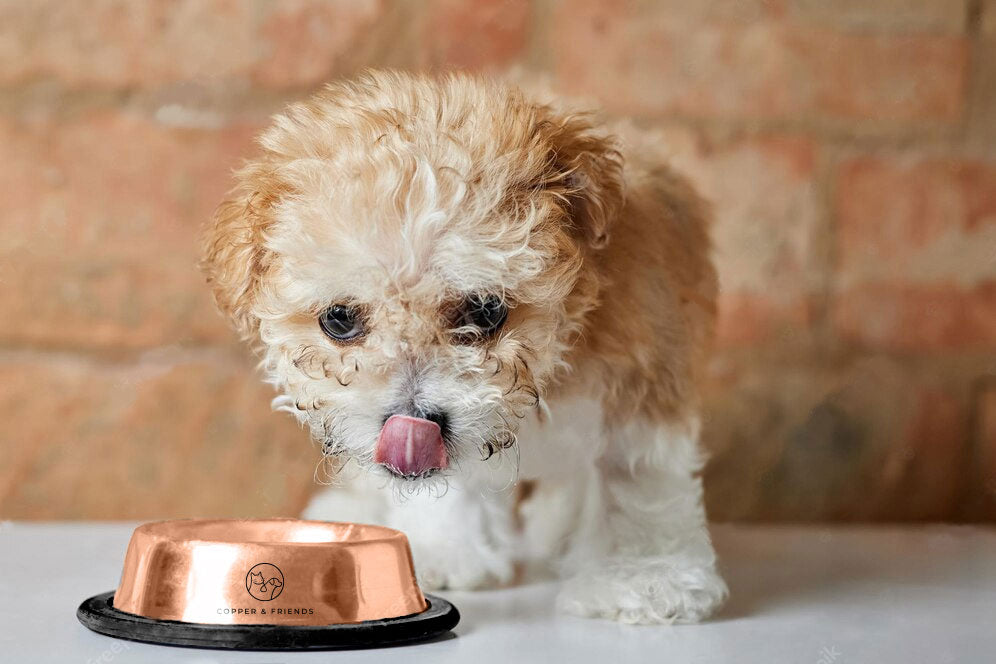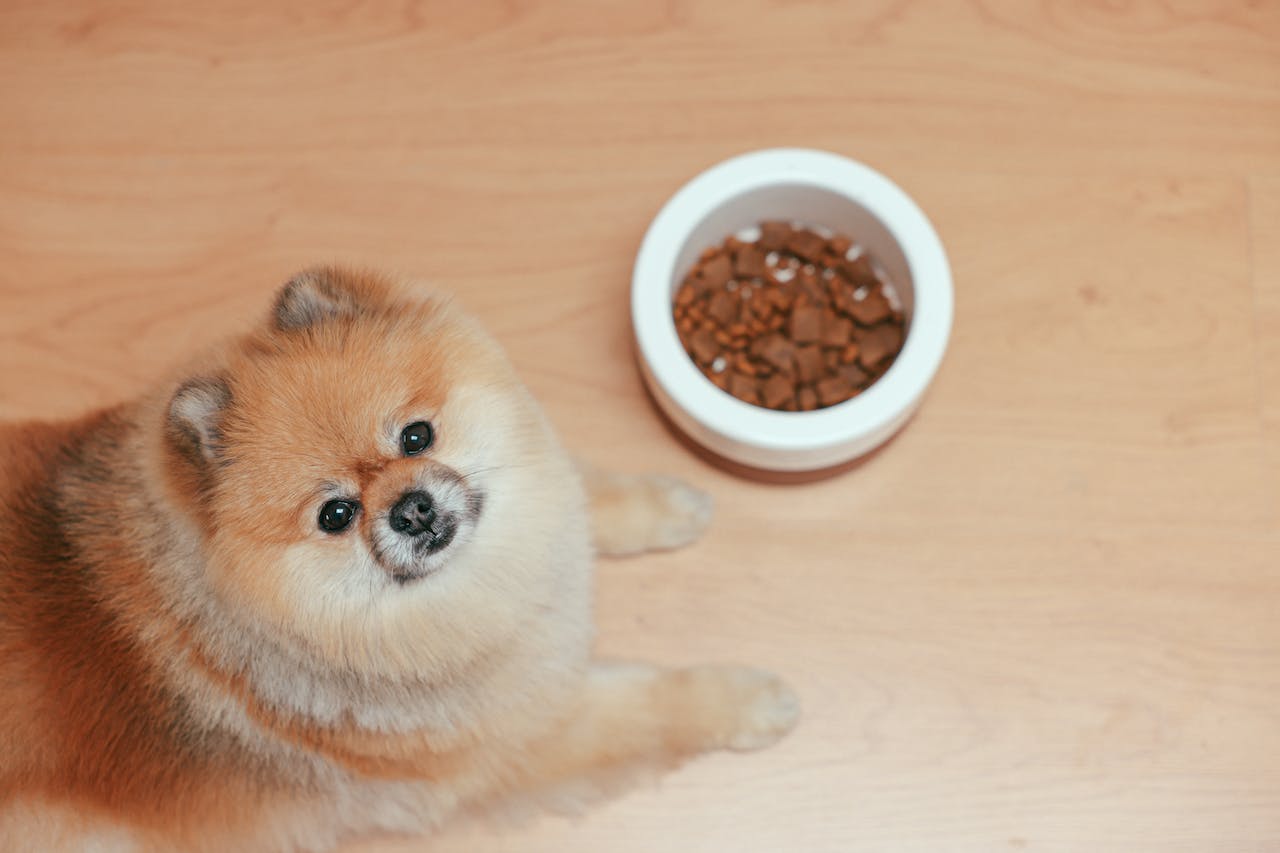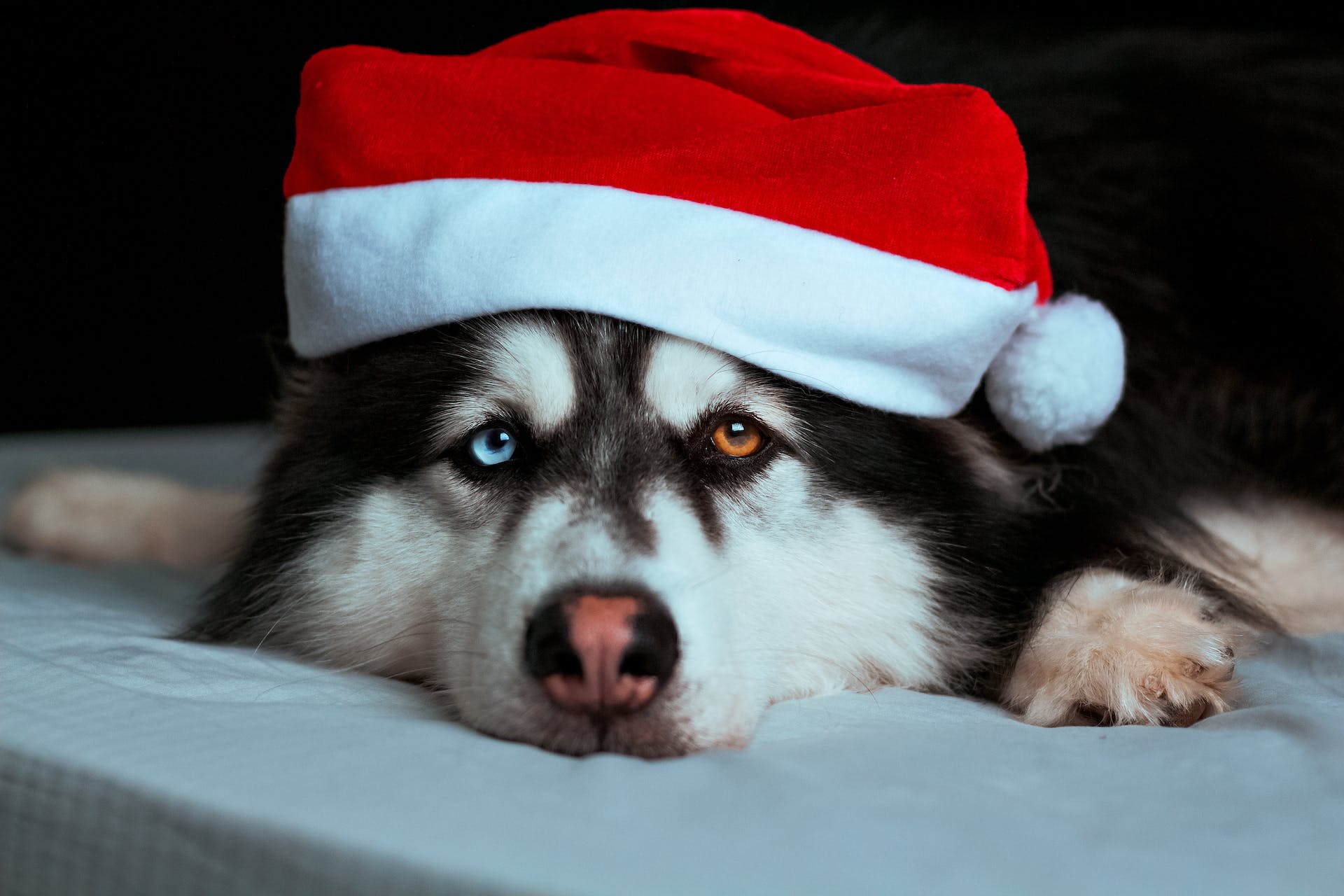
Copper Dog Bowls: Risks, Mitigation, and Breed Considerations
Pet owners often seek the best products for their beloved pets, including choosing the right food and accessories. One popular choice for dog bowls is copper. Copper dog bowls are aesthetically pleasing and have been claimed to provide health benefits. However, it is essential to understand that there may be potential risks associated with copper, how to mitigate these risks, and whether certain breeds may be more susceptible to these risks.
The Potential Risks of Copper:
Copper Toxicity: Copper is an essential mineral for dogs in small amounts. However, excessive copper exposure can lead to copper toxicity. Symptoms may include vomiting, diarrhea, abdominal pain, jaundice, and even liver damage. Copper bowls can contribute to copper ingestion if acidic foods and liquids are stored in them for an extended period.
Allergic Reactions: Some dogs may have allergies or sensitivities to copper, leading to skin irritations, rashes, or other allergic reactions. Although very rare, it is important to be aware of this potential risk.
Mitigating the Risks:
Limited Contact and Monitoring: To minimize copper exposure, it is recommended to use copper dog bowls solely for water and not for long-term storage of food. Monitor your dog's behavior and ensure they do not chew on or excessively lick the copper bowl, which may increase copper ingestion.
Regular Cleaning: Cleaning copper dog bowls frequently with mild soap and warm water is essential to prevent the accumulation of bacteria and other contaminants. Avoid using abrasive materials or harsh chemicals that may damage the copper finish.
Alternatives to Acidic Foods: Avoid storing highly acidic foods, such as tomatoes or citrus fruits, in copper bowls. Acidic substances can react with the copper, potentially increasing the risk of copper leaching into the food or liquid. We recommend using the copper bowl only for water.
Breed Considerations:
Breeds Prone to Copper Toxicity: Certain dog breeds, such as Bedlington Terriers, Labrador Retrievers, and West Highland White Terriers, have a genetic predisposition to copper storage diseases. For these breeds, it is advisable to avoid copper dog bowls altogether, as their bodies may have difficulty metabolizing and excreting excess copper.
Individual Sensitivities: While there is no conclusive evidence that suggests specific breeds are more prone to copper allergies, it is important to be observant of any signs of allergic reactions in your dog, regardless of their breed. If your dog shows signs of discomfort or skin irritations after using a copper bowl, consider switching to an alternative material.
Alternative Bowl Materials:
Stainless Steel: Stainless steel bowls are a popular alternative to copper. They are durable, easy to clean, and do not pose risks of copper toxicity or allergic reactions. Stainless steel is also non-porous, reducing the chances of bacteria growth, although lacking the antimicrobial benefits of copper. We recommend using stainless steel bowls for food and copper bowls for water only.

Ceramic or Glass: Ceramic or glass bowls are another safe option for dog owners. They are non-reactive, easy to clean, and come in various designs. However, ensure that the glaze used on ceramic bowls is lead-free.

Copper dog bowls can be an attractive choice for dog owners, but it is crucial to understand the potential risks associated with their use. Copper toxicity and allergic reactions, although rare, may pose an issue for certain breeds and when acidic foods are stored in the bowls for prolonged periods. To mitigate these risks, it is important to monitor your dog's behavior, and clean the bowls regularly. In some cases, it may be best to opt for alternative bowl materials such as stainless steel, ceramic, or glass. Always prioritize your dog's safety and well-being when selecting their food and water bowls.



